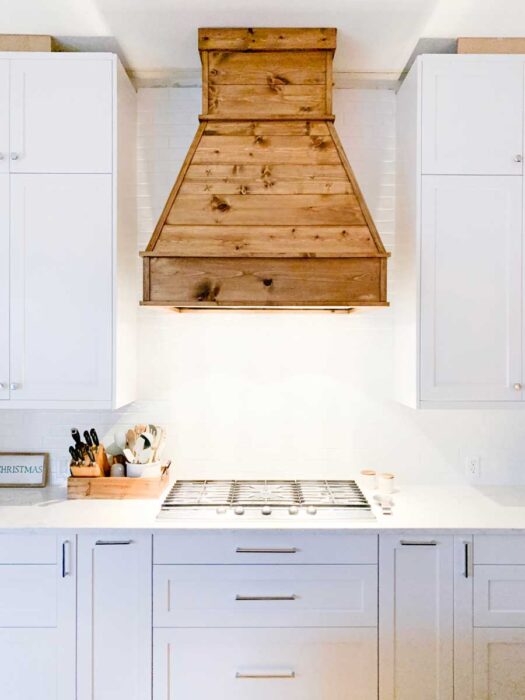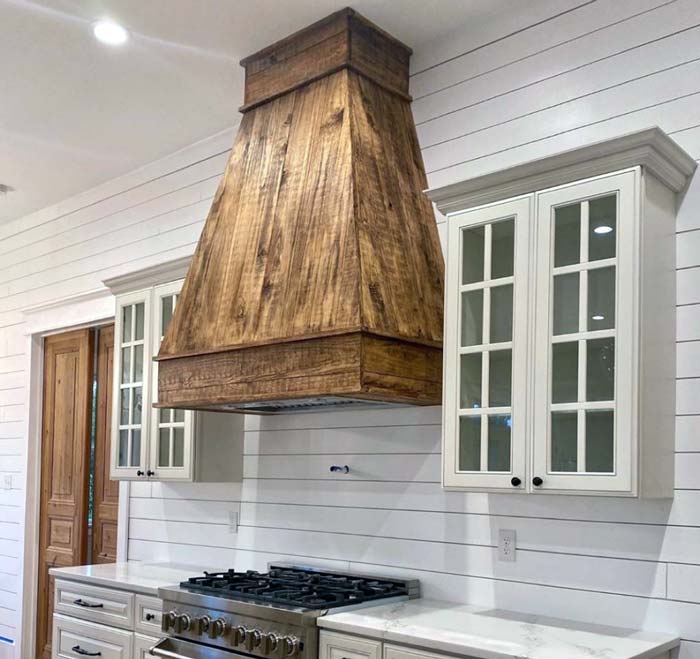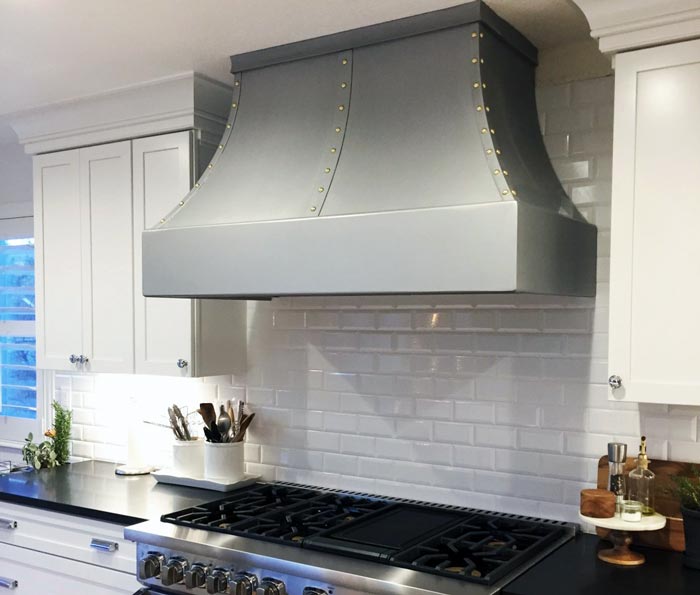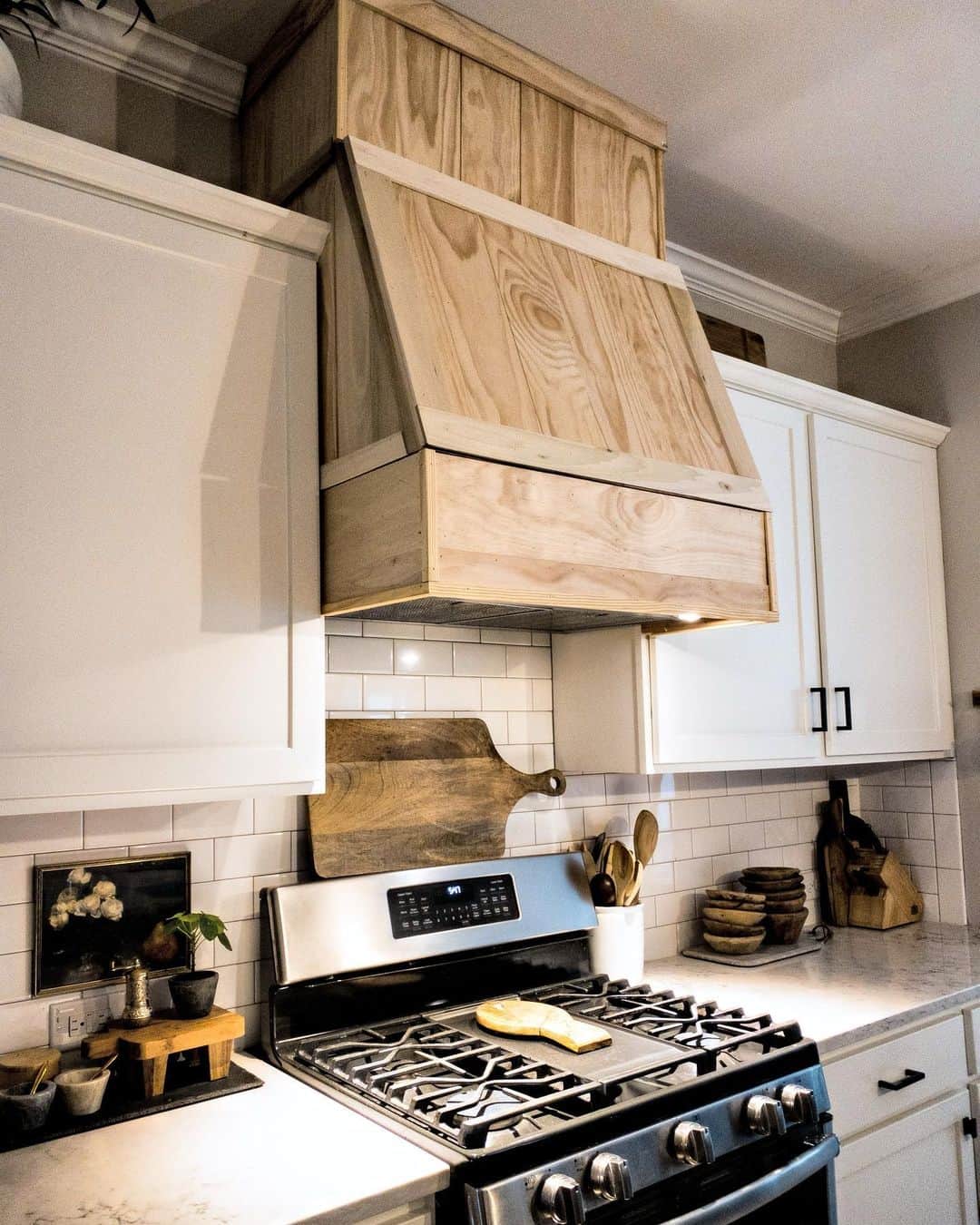When it comes to kitchen design, every detail counts. One element that can truly elevate the aesthetics of your cooking space is the decorative vent hood cover. Having recently renovated my kitchen, I can personally attest to the profound impact these covers have not only on style but also on functionality. In this comprehensive guide, we will delve deep into decorative vent hood covers—discussing their design possibilities, materials, installation tips, pros and cons, and more! Let’s dive in!
What Are Decorative Vent Hood Covers?
Decorative vent hood covers, also known as range hood covers or chimney hoods, are a protective and stylistic element installed above your stove. They conceal the functional hood and ductwork while adding a touch of elegance to your kitchen decor. These covers come in various styles, materials, and finishes, allowing you to customize your kitchen’s look.
Why Choose Decorative Vent Hood Covers?
There are several reasons to choose decorative vent hood covers for your kitchen:
- Aesthetic Appeal: Transform a utilitarian feature into a focal point.
- Customization: Available in various designs, colors, and materials that suit your personal style.
- Functionality: They may improve the efficiency of your kitchen ventilation.
- Home Value: An elegant kitchen can increase the resale value of your home.
Types of Decorative Vent Hood Covers
Vent hood covers come in several styles, each offering a unique look and feel. Here’s a breakdown of the most popular types:
Cascade Hood Covers
Cascade hood covers are characterized by a gentle slope, providing a soft architectural detail that fits various kitchen styles.
Chimney Style Vent Hoods
This traditional style resembles a chimney, giving your kitchen a rustic or farmhouse vibe.

Custom-Made Covers
If you have specific dimensions or unique design requirements, custom-made vent hood covers are the perfect solution.
Comparison Table of Popular Styles
| Style | Best For | Pros | Cons |
|---|---|---|---|
| Cascade Hood | Modern Kitchens | Sleek design, versatile | May require professional installation |
| Chimney Style | Rustic/Farmhouse Kitchens | Classic appeal, sturdy | Can be bulky |
| Custom-Made | Unique Spaces | Tailored design | Higher cost |

Materials Used in Decorative Vent Hood Covers
The material of your vent hood cover is crucial for both aesthetics and functionality. Common materials include:
Stainless Steel
A favorite for contemporary homes, stainless steel is durable and easy to clean.

Wood
Wood covers add warmth and can be stained or painted to match your kitchen decor.
Copper
For a unique and rustic look, copper vent hoods are stunning but require more maintenance.

Stone or Marble
These materials provide a luxurious touch and are perfect for upscale kitchens.
Material Comparison Chart
| Material | Durability | Maintenance | Cost |
|---|---|---|---|
| Stainless Steel | Very Durable | Low | Medium |
| Wood | Moderately Durable | Medium | Medium to High |
| Copper | Durable | High | High |
| Stone/Marble | Very Durable | Medium | High |

Installation of Decorative Vent Hood Covers
Installing a decorative vent hood can seem daunting, but with the right approach, it can be a manageable DIY project or a straightforward job for a professional.
DIY Installation Steps
- Gather Materials: Ensure you have the necessary tools and materials.
- Measure and Mark: Identify the correct placement for your vent hood cover.
- Secure the Mounting Bracket: This is critical for stability.
- Attach the Vent Hood Cover: Follow the manufacturer’s instructions.
- Connect to Power: Ensure electrical connections are safe and secure.

When to Consider Professional Installation
If you’re uncomfortable with electrical work or if your kitchen requires complex adjustments, it’s best to hire a professional.
The Pros and Cons of Decorative Vent Hood Covers
Like any home improvement, decorative vent hood covers come with their benefits and drawbacks.

Pros
- Enhances the overall look of your kitchen
- Offers customization options
- Can improve home value
- Covers up unsightly ductwork
Cons
- Initial cost may be high
- Installation can be complex
- Maintenance may vary based on material
Care and Maintenance of Decorative Vent Hood Covers
To ensure your vent hood remains attractive and functional, regular maintenance is essential. Here are a few tips based on materials:
Stainless Steel
Use a gentle cleaner to avoid scratches. Regular wiping can prevent grease buildup.
Wood
Dust frequently and use wood polish to maintain a polished look.
Copper
Regularly polish to avoid tarnish, and clean with a soft cloth.
Stone/Marble
Use a pH-balanced cleaner and avoid acidic substances that could etch the surface.
FAQs About Decorative Vent Hood Covers
What is the average cost of a decorative vent hood cover?
Costs vary significantly based on material and design, ranging from $300 to over $2,000.
Can I customize my vent hood cover?
Absolutely! Many manufacturers offer customization options to fit your kitchen’s dimensions and style.
Are decorative vent hoods easy to install myself?
While some DIY enthusiasts can manage the installation, hiring a professional is advisable for those unfamiliar with electrical work.
How do I clean and maintain my decorative vent hood cover?
Refer to the specific material care instructions mentioned above for best practices.
Do decorative vent hoods come with a warranty?
Many manufacturers provide warranties, typically ranging from one to ten years, depending on the product.
Conclusion
Decorative vent hood covers offer a wonderful opportunity to enhance the look and feel of your kitchen. With a variety of styles and materials available, you can choose a cover that complements your cooking space’s aesthetic while providing the functionality you need. As someone who has navigated this journey, I can assure you that investing in the right decorative vent hood cover is well worth it. Not only will it improve your kitchen’s appearance, but it can also increase your home’s resale value. Happy decorating!